Health Review: Beware Of Respiratory Tract Diseases!!! - The Respiratory System @Part 1 #6
Hello all ... good night, back again with my @hafizaulia, this time I'd like to share about the human respiratory system in General and what diseases can attack the respiratory system. Diseases of the respiratory system is very often experienced by everyone because the respiratory system is very easy in attack by other factors such as dust and others.
Definition
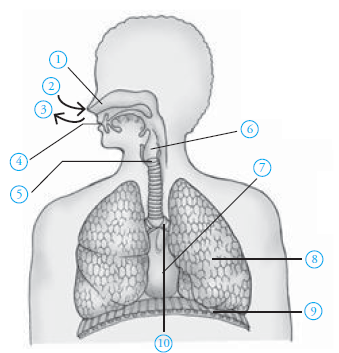
The respiratory system in humans is a system of breathing in oxygen from the air and removing carbon dioxide and water vapor. In the process of respiration, oxygen is the primary needs of the substance. Oxygen for breathing air is obtained from the surrounding environment. Respiratory functioning tools incorporate air containing oxygen and removing air containing carbon dioxide and water vapor. The goal ofthe respiratory process is to obtain energy. In the event of breathing going on release of energy. The respiratory system in humans includes two things, namely the respiratory tract and the respiratory mechanism.
Respiratory tract or the tractus respiratorius (respiratory tract) is part of the human body that serves as the site of gas exchange place path and which are necessary for the process of breathing. It rises on the nose or mouth and ends at the lungs. Human respiratory tract is divided into two i.e. upper respiratory tract and the lower respiratory tract.

Upper respiratory tract include:
a. the nasal cavity
The nasal cavity is the inside of the nose where the air through the nostrils.
b. Pharynx
The pharynx is the junction between the nasal cavity to the throat (respiratory tract) and the oral cavity to the esophagus (digestive tract). On the back there are pharynx larynx. The larynx is also called the base of the throat.
c. Larynx
On the larynx and vocal cords there is the epiglottis valve or larynx. At the time swallowing food Epiglottis cover larynx so that the food does not get into the throat. Otherwise at the time of the epiglottis opens so that breathing air enter into the larynx and then towards the throat.
Lower respiratory tract include:
a. the trachea (Windpipe)
The throat is shaped like a pipe with a length of approximately 10 cm. In the lungs to form two branched trachea bronchi.
b. the Bronchi
Bronchial branch of the stem is the throat. The number is a pair, the one towards the right lung and the left lung is headed. The bronchi toward the left is longer, narrower, and lay it down than to the right. This resulted in the right lung is more susceptible to the disease. Bronchial wall structure is almost the same with the trachea. The difference is the trachea wall is thicker than the walls of the bronchi. Bronchial branching will be bronkiolus. Right bronchial branching into three bronkiolus while theleft bronchial branching into two bronkiolus.
c. Bronkiolus
Bronkiolus is a branch of the bronchi. Bronkiolus branches into increasingly subtle channels, small, and the walls are getting thin. Bronkiolus has no cartilage but Sockets ciliated. Each bronkiolus empties into alveoli.
d. the Alveoli
Bronkiolus alveol boils down to (singular: alveoli), a structure shaped like tiny balls that are covered by the blood vessels. Flat epithelium that lines the alveoli eases blood in the capillaries-capillaries binds oxygen from the air in the cavity of the alveoli.
e. the lungs
The lungs are the organs on millipedes (respiration) and is associated with the circulatory system (circulation) vertebrate breathes with the air. Its function is to Exchange oxygen from the air with carbon dioxide from the blood. The process is called "external respiration" or breathing.
Types Of Respiration In Humans
Types of breathing in humans are divided into two types. IE breathing chest and abdominal breathing.
Breathing Chest
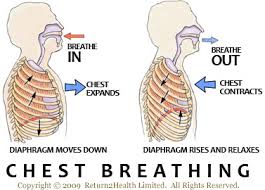
Chest breathing is respiratory muscle antartulang involving ribs. The mechanism can be distinguished as follows.
1. Phases of the inspiration. This phase in the form of berkontraksinya antartulang rib muscles so engorged breast cavity, as a result of pressure in the chest cavity become smaller than the pressure outside so that outside air rich in oxygen in. ..
2. Phase ekspirasi. This phase is the phase of relaxation or the return of the muscle between the ribs to its original position which followed by the descent of a thoracicrib cage so that it becomes small. As a result, the pressure inside the chest cavity becomes greater than the pressure outside, so the air in the chest cavity that is rich in carbon dioxide out.
Abdominal Breathing
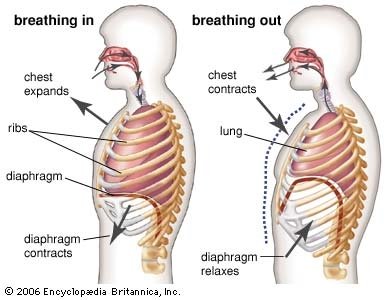
Abdominal breathing is respiration involving the muscles of the diaphragm. The mechanism can be distinguished as follows.
1. Phases of the inspiration. This phase in the form of muscle berkontraksinya the diaphragm so that the enlarged chest cavities, as a result of pressure in the chest cavity become smaller than the pressure outside so that outside air rich in oxygen in. ..
2. Phase ekspirasi. This phase is the phase of relaxation or muscle diaframa return to its original position which followed by the descent of a thoracic rib cage so that itbecomes small. As a result, the pressure inside the chest cavity becomes greater than the pressure outside, so the air in the chest cavity that is rich in carbon dioxide out.
Diseases of the respiratory system in humans
The human respiratory system, consisting of several organs can be disrupted. This disorder biasanyaberupa disorder, disease, or because human behavior itself (such as smoking). A disease or disorder that attacks the respiratory system this can cause disruption of the respiratory process.
a. Asthma
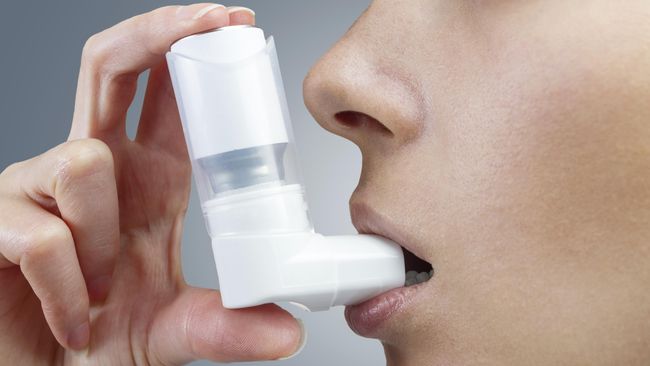
Asthma is a disorder of the respiratory organs in the form of airway constriction due to a reaction to a certain stimulus. Things that can trigger the onset of asthma attacks among them like the flower pollen, dust, fur, smoke, cold air and exercise.
b. Bronchitis
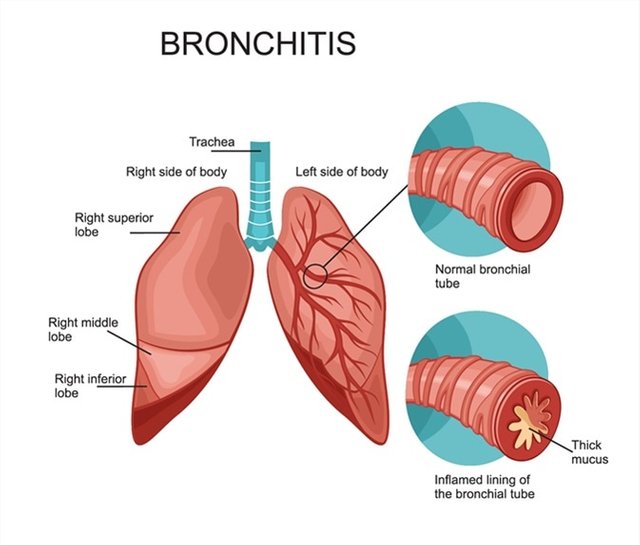
Bronchitis is an inflammation of the bronchi (airway to the lungs). The disease is usually mild and will ultimately healed perfectly, but in people with the disease who have chronical (such as heart disease or lung disease) and at old age, bronchitis can be serious. Recurring bronchitis attacks can happen in smokers and lung disease sufferers and chronical respiratory tract. Recurrent infections can be the result of:
c. Influenza
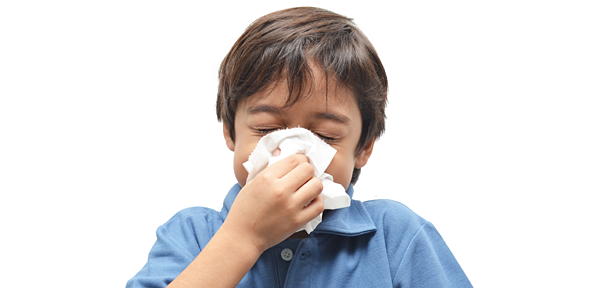
Influenza or the flu is an infectious disease caused by the influenza virus. The disease is transmitted through the air through sneezing from the sufferer. The disease is not only attacked humans, birds, and mammals such as pigs and orang utan can also be stricken with the flu.
d. Avian Influenza
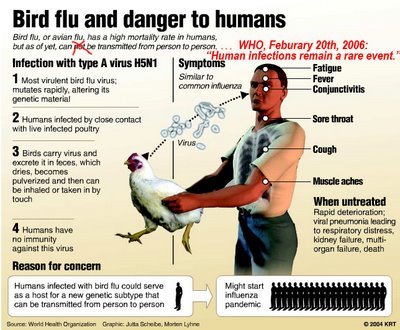
Bird flu or avian influenza is an infectious disease caused by viruses that normally infect birds and mammals. The cause of the bird flu virus type A influenza is spread between birds. The virus was later found to be able to also spread to other species such as pigs, cats, dogs, Tigers, and people.
e. Pneumothorax
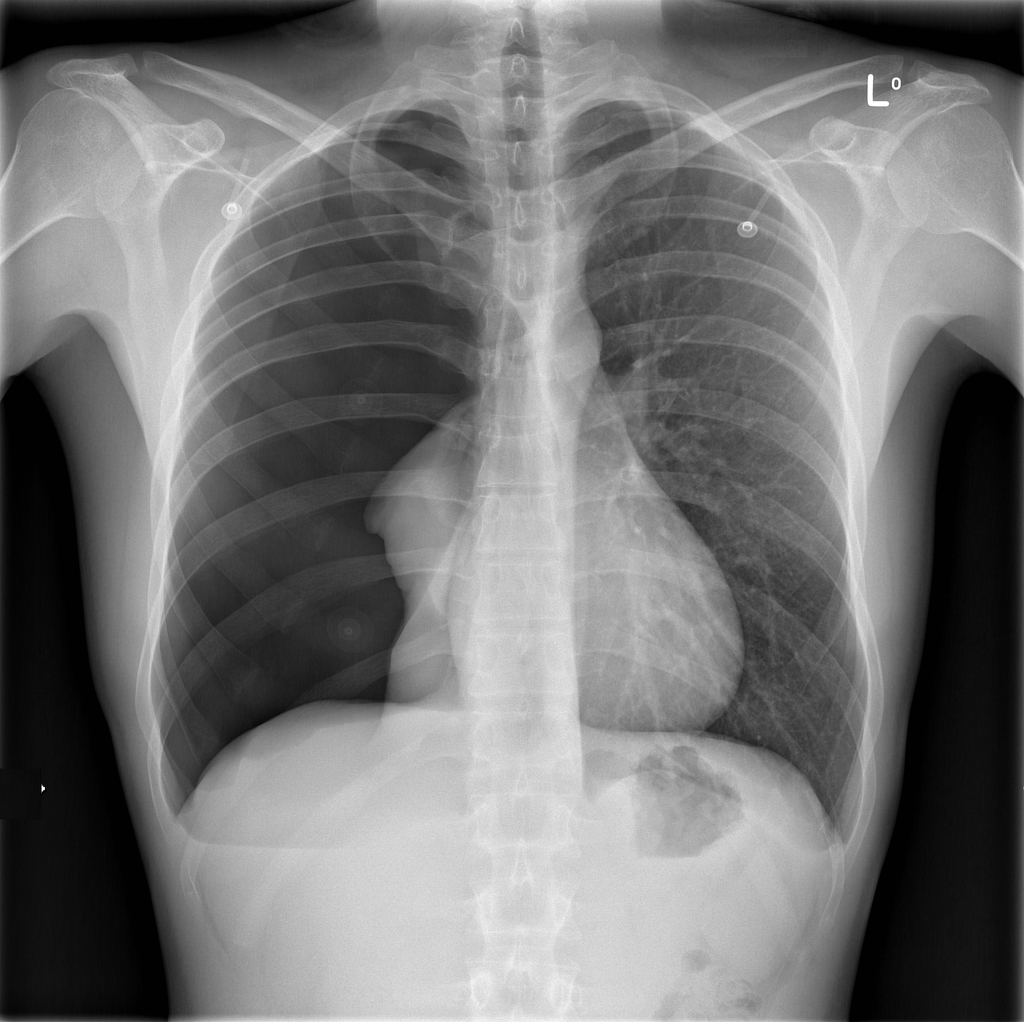
is the term used for hoarding pleural cavity on the air, that is, thin walls between the lungs and chest cavity. The pressure of the air which accumulates it can trigger a deflating the lungs to collapse.
f. Asbestosis

Asbestosis is a respiratory disease that results from the inhalation of asbestos fibers, lungs formed extensive scarring. Asbestos fibers are composed of silicate mineral with the chemical composition is different. If sucked, asbestos fibers settle deep in the lungs, causing scarring. Inhaling asbestos can also cause thickening of the pleura (the membrane that lines the lungs).
g. Pharyngitis
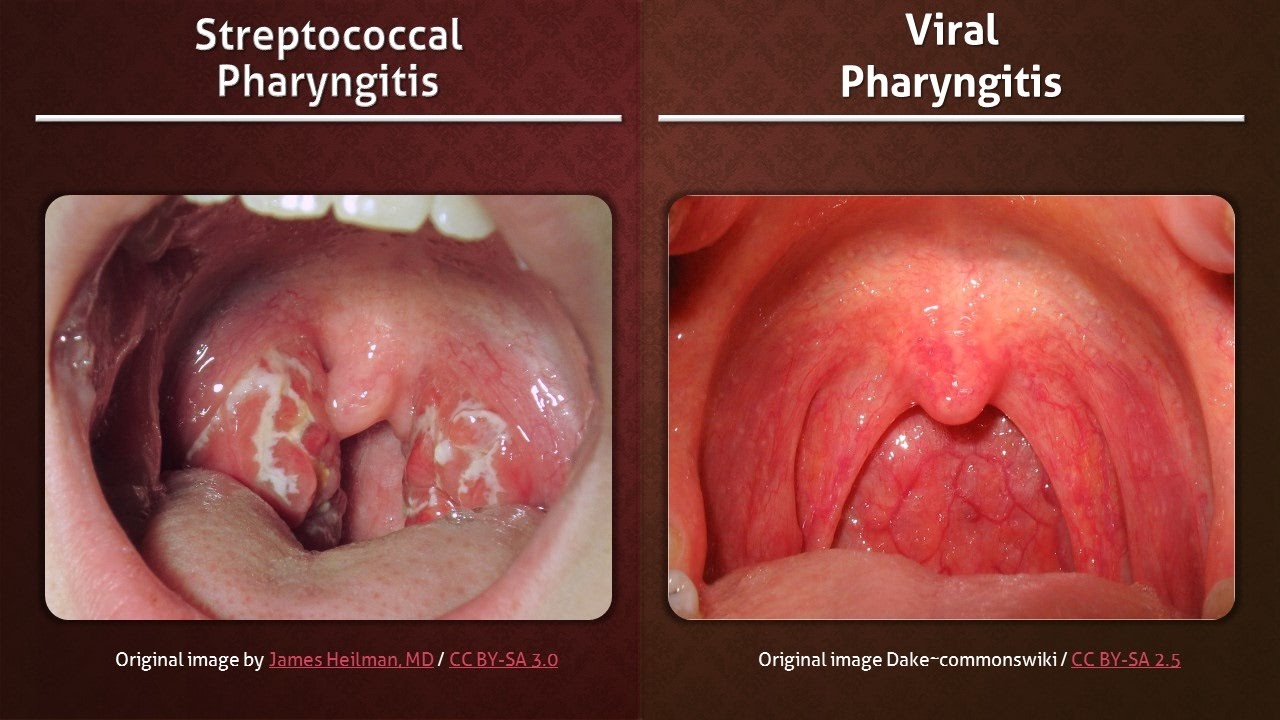
Pharyngitis is an inflammatory disease that strikes the pharynx or tenggorokkan. Sometimes also referred to as strep throat. This inflammation can be caused by a virus or germ, at the time of the staying power of the body is weak. Treatment with antibiotics are only effective if exposed due to germs. Sometimes eating a healthy dietwith lots of fruits, accompanied with vitamins can help.
h. TBC
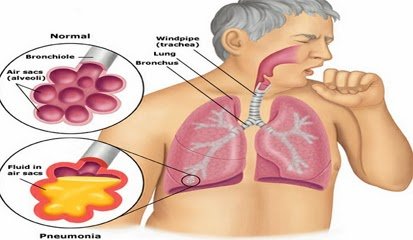
TB disease can attack anyone (old, young, male, female, poor, or rich) and anywhere. Each year, Indonesia increased by a quarter of a million new cases of TB and about 140,000 deaths occur each year caused by tuberculosis. In fact, Indonesia is the third largest country with the problem of TB in the world.
i. Emphysema
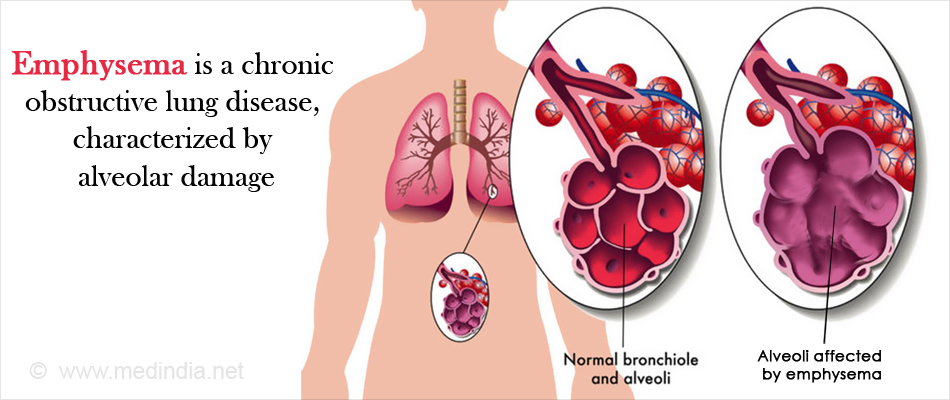
Emphysema caused by a loss of elasticity of the alveoli. Alveoli are the bubbles found in the lungs. In people with emphysema, the lung volume is larger compared to a healthy person because of the carbon dioxide that is supposed to be ejected from the lungs is trapped inside.
j. lung cancer
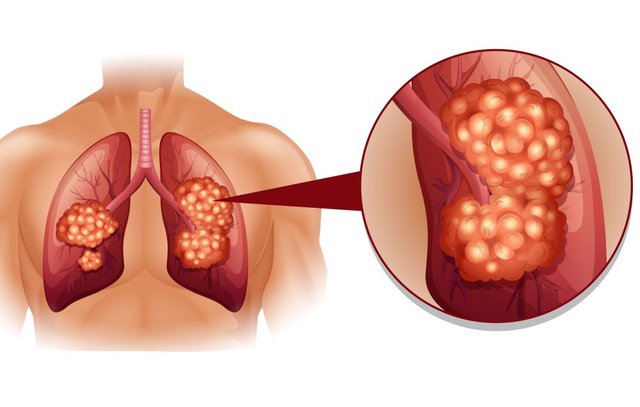
Lung cancer-parumerupakan the first murderer than other cancers. Cancer can grow in this network and can spread to other parts. The main cause is cigarette smoke containing toxic substances and smoked a lot goes into the lungs and have accumulated over decades to cause mutations in cells of the respiratory tract and cause the occurrence of cancer cells. Another cause is a radio active radiation, toxic chemicals, stress or hereditary factors.
k. Pneumonia
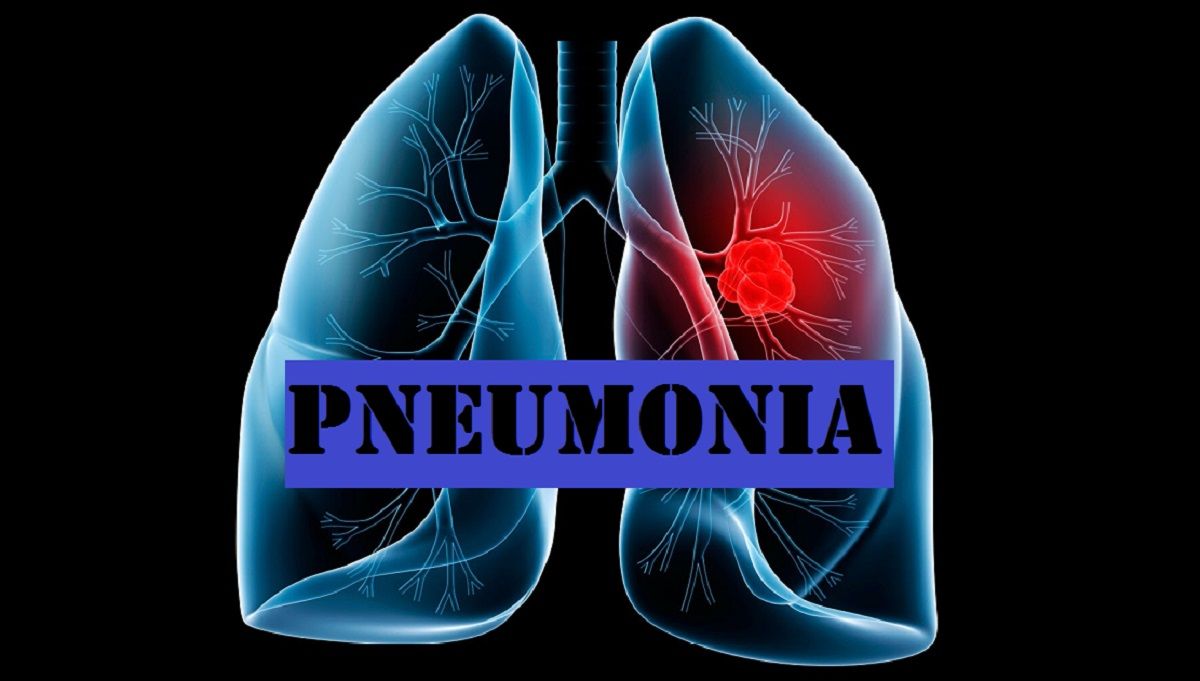
Pneumonia is a lung infection that attacks the disease, thus causing the sacs within the lungs inflamed and swollen. These health conditions are often called wet lungs,pulmonary cause could be filled with air or fluid mucus.
Many more diseases that will attack these respiratory tract that can not be mentioned all of them. Quite a few of this writing I've made what when there are mistakes I apologize, your comments really helped me to become a great future writing. Don't forget to follow me @hafizaulia continue to wait for my next writings. Thanks you